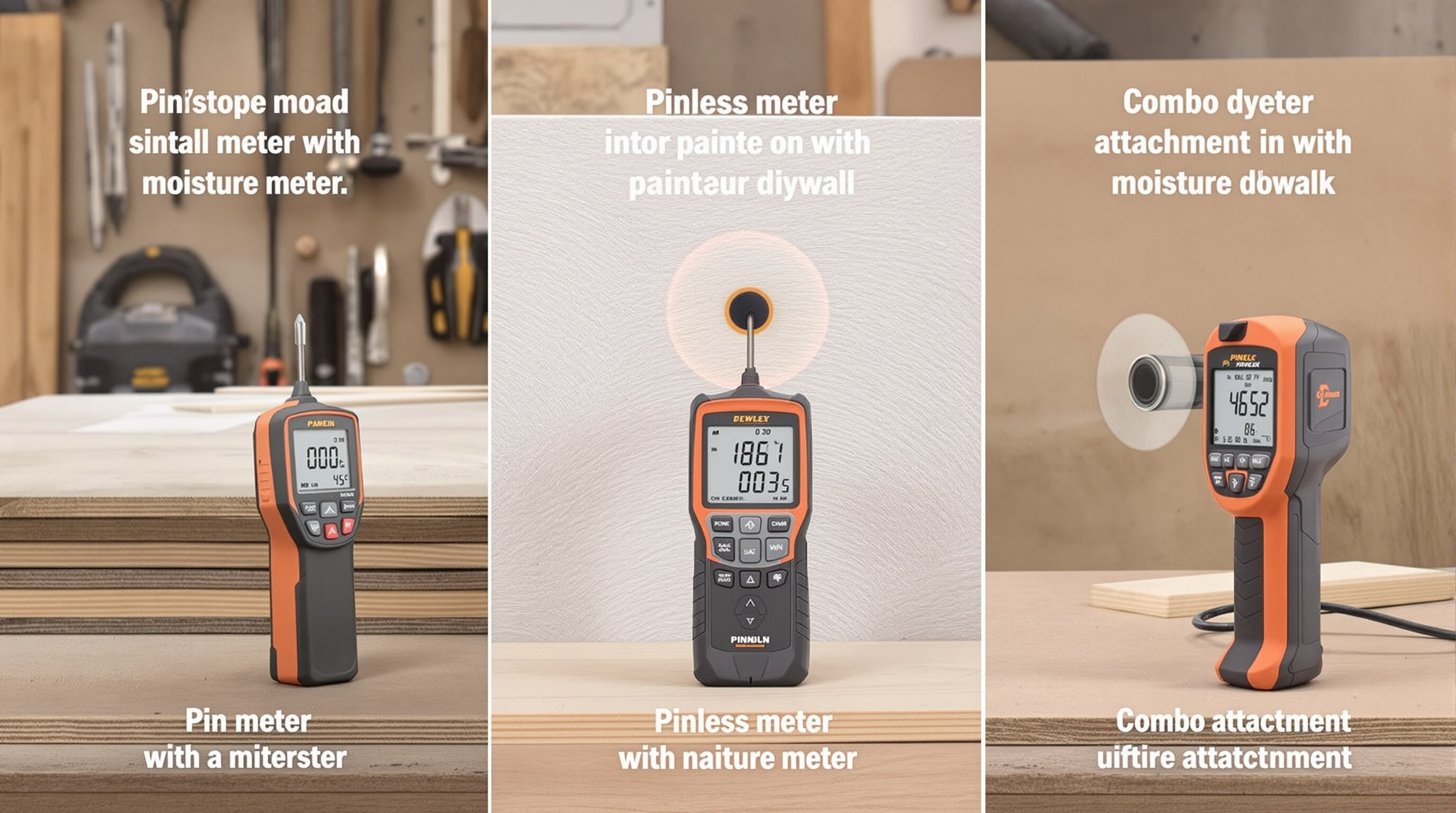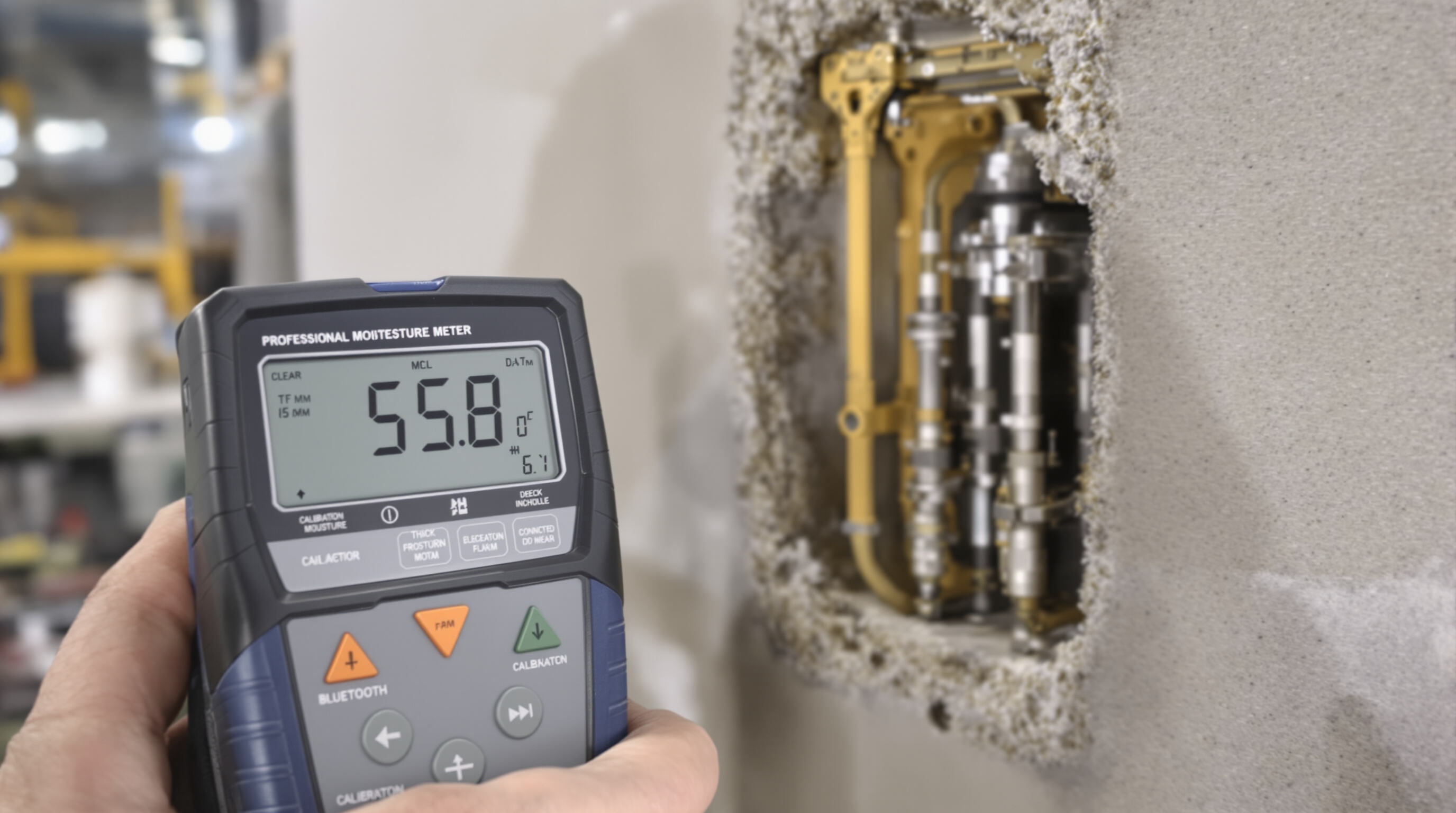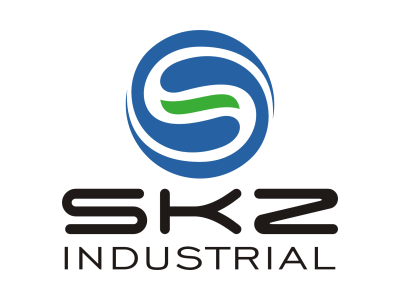Understanding the Types of Moisture Meters: Pin, Pinless, and Combo Models

How Pin Moisture Meters Work and Their Ideal Use Cases
Pin moisture meters work by measuring how much electricity flows between metal pins stuck into stuff like wood or concrete. They're really good at getting exact numbers when someone needs to know just how wet something is. For example, contractors check if lumber has less than 12% moisture before installing floors, or look at how damp a subfloor might be. According to some tests from NIST back in 2023, these pin meters actually go about 18 to 24 percent deeper into thick materials than those fancy non-contact gadgets. That's why so many builders still reach for them whenever they need hard data instead of estimates.
Advantages of Pinless Moisture Meters for Non-Destructive Testing
Pinless moisture meters work by using electromagnetic waves to check for moisture levels as deep as 3/4 inch below the surface, which is really important stuff when looking at old furniture pieces or already finished drywall walls. A study from Columbia University last year showed something interesting about these devices too. They found that compared to traditional pin meters, these newer models can spot changes in moisture across big areas about three times quicker. And what's even better? The results match up pretty closely with those destructive tests we usually rely on, around 97% accurate actually. That's why so many people in the field prefer them nowadays. Museums love them for obvious reasons, same goes for anyone working on preserving historical buildings. Home buyers also get real value out of them before making purchases since nobody wants to see holes punched through their brand new walls just to check if there's water damage hiding inside.
Why Combo Meters Offer the Best of Both Worlds in Industrial Applications
Hybrid models address the limitations of single-technology devices:
| Feature | Pin Mode | Pinless Mode |
|---|---|---|
| Depth Capability | 1.5"â2" | 0.25"â0.75" |
| Surface Impact | Minor indentations | None |
| Best For | Subsurface verification | Rapid surface screening |
This dual functionality allows industrial users to first conduct rapid pinless scans (covering 150â200 sq. ft./hour), then deploy pin probes for problematic areas requiring exact moisture percentages.
Key Differences Between Pin and Pinless Moisture Meters in Field Performance
According to field tests conducted by FLIR in 2023, traditional pin meters stay within about half a percent accuracy when conditions are stable, while their pinless counterparts tend to drift around two percent either way. But these pin-based tools really have trouble dealing with rough or irregular surfaces. On the flip side, pinless meters shine in extreme temperatures ranging from minus four degrees Fahrenheit all the way up to 122 degrees. They keep working reliably even when there's moisture around, which often messes up readings from pins. Most major companies in this space are combining both approaches these days inside Class II waterproof cases designed specifically for long term deployment at water damage restoration jobs and outdoor lumber storage areas.
Essential Features of Professional-Grade Moisture Meters for Reliable Results

Depth of Measurement and Its Impact on Accuracy in Thick Materials
Getting accurate readings from industrial moisture meters depends heavily on how deep they can detect moisture in different materials such as poured concrete slabs or structural timber beams. The best professional grade devices can actually reach depths of around 2.5 inches, which is really important when checking for moisture changes throughout an 8 inch thick concrete floor following those ASTM F2170 guidelines. When meters only check surface levels below 0.75 inches, recent research from 2023 shows they completely overlook about three quarters of all vapor problems hiding beneath commercial building floors. That's why leading manufacturers design their top models with adjustable depth controls paired with specialized software tailored to specific materials. These advanced features help keep measurements within a tight margin of error (around plus or minus half a percent) even when dealing with complex composite materials commonly found in construction projects today.
Species Correction and Calibration for Wood and Building Materials
The differences in wood density among species create significant problems for accurate moisture readings. Take Douglas fir at around 23 pounds per cubic foot versus white oak's much higher 47 pounds per cubic foot. Without proper calibration, these variations lead to moisture measurement errors ranging from 12 to 18 percent. Modern moisture meters have come a long way though. Many high-end models now contain built-in profiles for more than fifty different wood types and can automatically adjust settings when testing materials like drywall, where ideal readings fall between 0.5 and 1.2 percent, or masonry which should stay below 3.5 percent moisture content. Practical field testing reveals something alarming too. Uncalibrated devices tend to read about 9.2 percent higher than actual moisture levels in pressure-treated lumber. This kind of error matters a lot when evaluating structural integrity after flooding events, where even small inaccuracies could mean the difference between safe and dangerous conditions.
Data Logging and Bluetooth Connectivity for Real-Time Reporting
Today's moisture meters can take anywhere from 500 to 1,000 readings during each inspection run, complete with GPS location markers and timestamp records. This cuts down on how long workers spend manually documenting everything by about two thirds according to a recent look at construction technology trends in 2024. The newer Bluetooth versions send all this information straight into project management software without needing anyone to type it in later. When there's a problem with moisture levels in floor installations, these devices catch it almost three times quicker compared to old fashioned paper reports. And let's not forget the money saved either. A study by Ponemon Institute back in 2023 showed that avoiding delays in concrete slab drying could save companies around seven hundred forty thousand dollars every year across warehouse building projects alone.
Measurement Speed and Efficiency in Large-Scale On-Site Inspections
High-speed sensors deliver 0.5-second readings across 100,000 sq. ft. industrial spacesâfour times faster than entry-level meters. Rapid scanning modes identify localized moisture spikes in roofing membranes while maintaining a ±1% accuracy threshold. Time-motion studies show this efficiency enables 12-person teams to survey 3-story office buildings 38% faster, supporting tight restoration timelines.
Durability and Build Quality: Selecting Moisture Meters for Harsh Industrial Environments
Importance of Rugged Design in Construction and Restoration Applications
Moisture meters used in industrial settings get hit with all sorts of challenges every day from concrete dust floating around job sites to scorching heat and sudden bumps against hard surfaces. The good news is that models with rubber coatings and those rated IP67 can actually handle being submerged under about three feet of water for half an hour straight. That kind of durability makes them indispensable when working on flood damaged properties. Inside these devices are special shock absorbing mounts that keep their calibration accurate even after dropping six feet onto steel floors something that happens quite often in demolition areas where things tend to get pretty chaotic. According to some field research done across multiple construction sites, this combination of rugged design cuts down yearly repair bills by roughly 37% for teams specializing in drywall installations. Not bad considering how rough conditions can be out there.
How Top Manufacturers Engineer Long-Lasting Moisture Meters for Field Reliability
Top manufacturers have turned to aerospace grade aluminum for their probe housing needs because it offers the best combination of being light enough to handle easily yet tough enough to withstand scratches during regular use. The circuit boards inside these devices get protected with a special silicone coating that keeps them safe even when exposed to really high humidity levels over long periods. Real world testing shows that instruments made this way maintain pretty good accuracy around plus or minus half a percent after thousands of readings in harsh industrial settings such as steel foundries and paper production facilities. Another smart design choice is the modular approach which lets maintenance crews swap out worn components like contact pins quickly. This has actually reduced equipment downtime by about half in many lumber processing plants where traditional sealed units would require complete replacement instead.
Accuracy, Calibration, and Support: Ensuring Consistent Performance Over Time
Why Regular Calibration Is Critical for Concrete and Sub-Flooring Assessments
The moisture meters we put on concrete slabs and under floors get exposed to pretty rough conditions that slowly wear down their sensors. Research indicates that when these devices aren't properly calibrated, they might give readings off by as much as 15 percent for cured concrete according to NIST findings from last year. That kind of error margin can lead to big problems later on with flooring installations going wrong or expensive mold issues popping up. Most newer models come with automatic calibration features now, but experienced techs know better than to rely solely on those. A good practice is checking against standard test blocks at least once every month to make sure everything still lines up correctly.
The Role of Manufacturer Support in Maintaining Moisture Meter Accuracy
Top providers offer calibration-as-a-service programs, recalibrating instruments annually against NIST-traceable references. These services typically include diagnostics for electrode wear or signal driftâcommon issues affecting pin-type meters in abrasive materials like cement board. Field technicians report 30% fewer false readings after adopting manufacturer-recommended maintenance cycles (Construction Materials Testing Association, 2023).
Bridging the Gap: High Accuracy Claims vs. Real-World Field Performance
Lab specs often tout something like plus or minus 0.5% accuracy, but out in the field things get complicated fast. Uneven soil compaction and those pesky radio frequency interferences really throw off consistent measurements. Take a look at what happened last year when researchers checked 200 different construction sites across the country. They discovered that combo meters with built-in temperature adjustments cut down on the gap between lab tests and actual field readings by about a quarter compared to standard equipment. If contractors want their instruments to perform reliably day after day, they should seriously consider getting meters that come with smart error correction features and customizable material settings. These kinds of adjustments make all the difference when working conditions keep changing from one job site to another.
Real-World Applications and Return on Investment in Industrial Settings
The return on investment from industrial moisture meters is pretty clear when we look at what happens when mistakes occur. Facility Management Journal reported back in 2023 that fixing flooring problems caused by hidden subfloor moisture typically costs around $12,000 per incident. Pinless versions let technicians scan for moisture in just two seconds without harming expensive finishes such as engineered wood floors or vinyl planks. Meanwhile, combo meters equipped with those deep wall probes are invaluable for spotting issues before concrete slabs fail during curing. Restoration crews these days rely heavily on Bluetooth enabled devices that log data within about 90 seconds, allowing them to track water damage through walls and even structural beams. This has cut down insurance claim disagreements by nearly half in commercial building projects after water damage incidents. When doing thorough inspections, many professionals combine thermal imaging cameras alongside traditional moisture meters. This approach helps spot potential condensation problems in factories with lots of HVAC systems running constantly, since changes in humidity levels below 5% can really mess with production output.
| Professional vs. Budget Models | Cost Differential | ROI Timeline |
|---|---|---|
| Depth accuracy (4" vs 0.75") | $220â$900 | <6 months |
| Species correction presets | $180â$450 | <3 months |
| IP67 weather resistance | $310â$700 | Immediate |
Though entry-level meters suffice for basic checks, facilities conducting over 500 moisture tests per month report 23% higher long-term savings with professional-grade devices due to reduced recalibration needs and compliance with ASTM standards during audits.
FAQ
What are the advantages of using pin moisture meters over pinless models?
Pin moisture meters offer precise moisture readings in dense materials like wood and concrete and are preferred for subsurface analysis. They can measure deeper than pinless models, providing more accurate data.
How do pinless moisture meters benefit non-destructive testing?
Pinless moisture meters use electromagnetic waves to measure moisture up to 3/4 inches deep, ideal for surfaces like finished drywall or antique furniture, without causing any damage.
What makes combo meters ideal for industrial applications?
Combo meters combine both pin and pinless technology, allowing users to conduct rapid surface screenings and perform detailed subsurface moisture analysis.
Table of Contents
- Understanding the Types of Moisture Meters: Pin, Pinless, and Combo Models
- Essential Features of Professional-Grade Moisture Meters for Reliable Results
- Durability and Build Quality: Selecting Moisture Meters for Harsh Industrial Environments
- Accuracy, Calibration, and Support: Ensuring Consistent Performance Over Time
- Real-World Applications and Return on Investment in Industrial Settings
- FAQ

